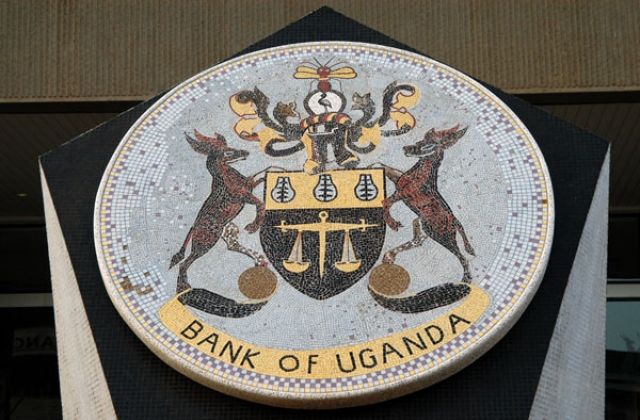More than 90 percent of Ugandans who hold a bank account do not keep more than sh1 million at any one time on their accounts, an indication of the low savings levels in the country.
There are an estimated 14 million bank accounts in the country. Of these, only about 2 percent have deposits totaling more than 10 million, while, of the rest, about 93 percent have less than 1 million, according to the Deposit Protection Fund.
The DPF was created in 2004 under the Bank of Uganda, but was made an autonomous entity in 2016 with the mandate of protecting the deposits of account holders in case a bank ran into problems.
In 2019, the Ministry of Finance, Planning and Economic Development increased the deposit insurance limit from 3 million to 10 million shillings, the maximum amount that would be given to a saver in case a bank collapsed or is shut down by the regulator.
This means when a bank is closing down, anyone with 10 million shillings will be fully paid their deposits back, while the rest will be partly paid up to 10 million, with the fate on the rest of their deposits being in the hands of the shareholder or the liquidator.
The increase was guided by the changing economic environment.
According to DPF Chief Executive Julia Clare Oyet the maximum was set at a time when the exchange rate to the dollar was 3,000 dollars, and by 2019, the shilling had depreciated a lot, hence the move to revise the money in shilling terms. On why the limit is fixed at not more than 10 million, Ms Oyet says the ministry and the Fund must consider ability to pay.
“Because at just the 10 million, we would have to pay 5.5 trillion shillings. So imagine if we put it at 100 million! You have to look at that. Can I be able to afford? Because it is a promise you are giving the depositors,” she says. However, the maximum is also set with caution “in order not let the banks relax, “says Oyet.
“The risk of moral hazard, where the financial institutions say, ‘now most of the depositors are protected we don’t have to be this conscious,’ and so they become careless when it comes to managing their risk,” adds the DPF Chief Executive.
The limits are also set in accordance to what is happening in other market.
A very low amount provided for can discourage savers who might instead decide to take their money elsewhere, if they are being promised a bigger payout in case problems arise.
Patrick Onen Ezaga, the Head of Communications says all this is aimed at building the confidence of the public in the banking industry.
In the financial year ended June 2020, total assets increased by 19 percent to 824 billion shillings. As of January 2020, according to Uganda Bankers Association, there were 13 million bank accounts in Uganda.
The deposits or assets that the Fund manages are invested mainly in government treasures because government paper, especially Treasury Bills are easy to convert into cash in case depositors abruptly needed their money.
Allan N. Lwetabe, the Head of Investments at the DPF says even if they are allowed to invest out of the country is will be in government securities.
Several commercial banks have been closed since the late 1990s, and others declared insolvent, taken over by the central bank, and eventually sold or liquidated.
These include the Uganda Cooperative Bank, Greenland Bank, the International Credit Bank, Teefe Bank, and Gold Trust Bank, National Bank of Commerce and most recently, Crane Bank.
Despite the Bank of Uganda, which was then in charge of protecting the deposits, calling on the account holders to pick up the money due to them, thousands never turned up due to the insignificant balances on their accounts. Others felt the process involved, including moving up and down to get the money, was not worth it.
The DPF says they are looking at other options of paying out, including using mobile money platforms, which will make it easier and cheaper for the account holders affected.
![]()




























